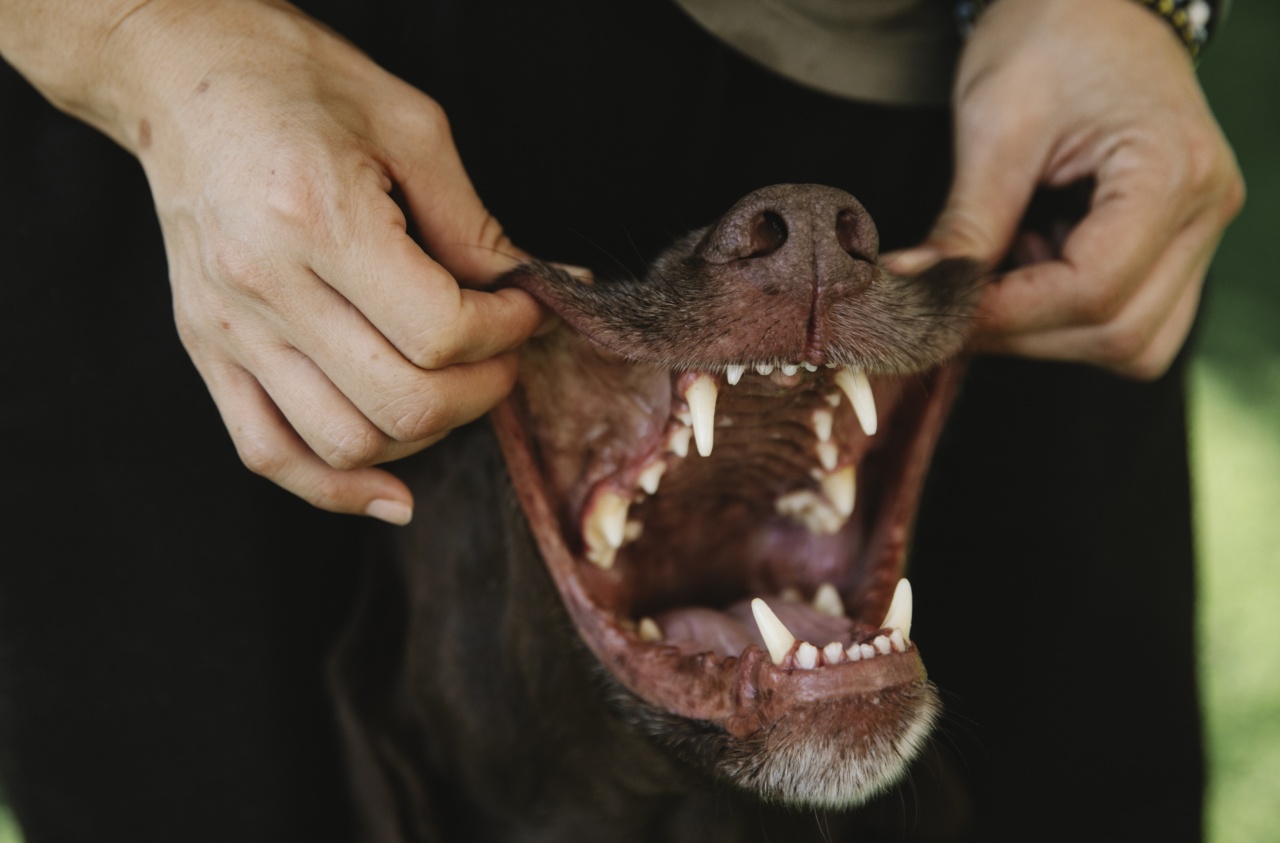Medical advancements have continually allowed for the discovery and development of various diagnostic methods. In recent years, a unique and intriguing discovery has emerged – the remarkable ability of dogs to detect cancer using only their noses.
This phenomenon has piqued the interest of researchers and medical professionals around the world. Numerous studies have been conducted to evaluate the potential of utilizing dogs as a cost-effective and non-invasive means of cancer detection.
The canine olfactory system: a powerful tool
Dogs possess an extraordinary sense of smell. Their olfactory systems are incredibly sophisticated, with around 220 million scent receptors compared to a mere 5 million in humans.
This substantial difference enables them to detect odors at incredibly low concentrations, making them highly skilled in identifying various substances, including disease-specific biomarkers.
Evidence of dogs’ cancer detection abilities
Multiple studies have demonstrated the astonishing accuracy of dogs in detecting cancer through scent.
In a groundbreaking experiment conducted at the Pine Street Foundation in California, five household dogs were trained to detect lung and breast cancer samples.
The results were astounding, with the trained canines achieving an average accuracy rate of 97%. They were able to successfully distinguish between cancerous and non-cancerous samples, even at the earliest stages of cancer development.
This study turned the spotlight towards the potential incorporation of dogs into routine cancer screening programs.
The science behind dogs’ cancer detection abilities
So, how exactly do dogs detect cancer? The answer lies in their highly developed olfactory receptors. Dogs can detect various chemical compounds, known as volatile organic compounds (VOCs), that cancerous cells emit.
These VOCs are unique to different types of cancer and are undetectable by human senses alone.
To train a dog to detect cancer, samples of cancer cells or bodily fluids are collected and utilized for scent training. The dogs are taught to recognize and differentiate these cancer-specific scents from those of healthy samples.
Once trained, they can then identify the presence of cancer based solely on scent cues.
Current applications and ongoing research
The promising results of studies exploring dogs’ cancer detection abilities have fueled further research. Scientists envision implementing trained detection dogs in various aspects of cancer diagnosis and treatment.
One potential application is utilizing dogs to identify the presence of cancer in breath samples.
Breath tests have long been studied as a non-invasive method for cancer detection, and dogs could play a crucial role in enhancing the accuracy and reliability of such tests.
Additionally, ongoing research aims to pinpoint the specific VOCs associated with different types of cancer.
Identifying these unique markers could lead to the development of biosensors, electronic devices that can mimic the dogs’ detection abilities. This could pave the way for cost-effective and readily available cancer detection technologies.
The challenges and limitations of utilizing dogs
While dogs’ cancer detection abilities hold great promise, there are challenges and limitations to consider. One significant hurdle is the standardization of training protocols.
Consistency in training methods is vital to ensure accurate and reliable results across different settings and training facilities.
Furthermore, the time and resources required to train dogs for widespread cancer detection are substantial. Adequate training involves a significant investment of both financial and human resources.
Additionally, individual dogs have varying degrees of accuracy and reliability, which further adds complexity to the utilization of detection dogs.
The ethical implications
As with any scientific advancement, the ethical implications of utilizing dogs in cancer detection research must be carefully considered.
Welfare and well-being are of paramount importance, and researchers must prioritize the dogs’ health and happiness throughout the training and research process. Strict ethical guidelines are necessary to ensure the dogs’ quality of life is not compromised.
Conclusion
The remarkable ability of dogs to detect cancer with their noses represents a groundbreaking development in the field of medical diagnostics.
The accuracy and efficiency demonstrated by properly trained dogs have sparked intrigue and enthusiasm among researchers. While challenges and limitations exist, ongoing research and advancements in technology offer promising potential for the integration of dogs into routine cancer screening methods.
Harnessing the power of the canine olfactory system could lead to earlier cancer detection, improved treatment outcomes, and a future where dogs become invaluable allies in the fight against cancer.




























